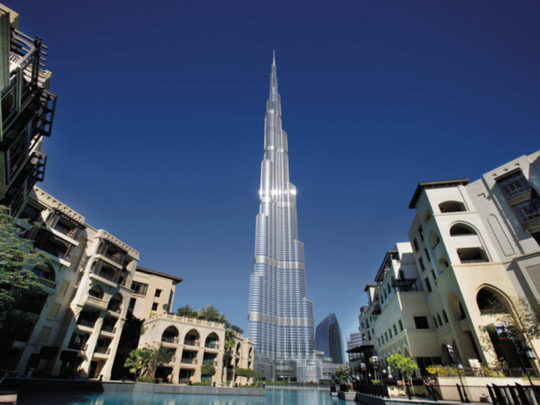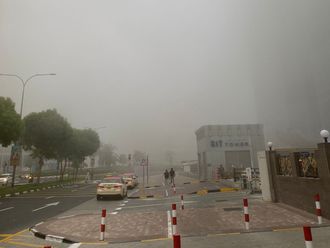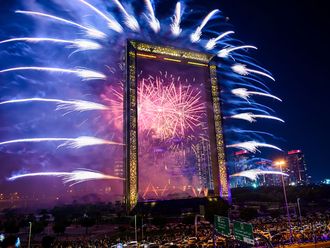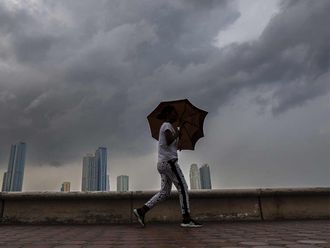
Dubai: Not counting its vanity height, Burj Khalifa remains the world’s tallest building with a highest occupied floor of 585 metres, an international body on tall buildings has told XPRESS.
The clarification by the US-based Council on Tall Buildings and Urban Habitat (CTBUH) comes in the wake of the many interpretations of its recent report which found that the UAE’s tallest buildings have the maximum share of vanity height in the world.
Vanity height is the vertical distance from the building’s highest occupied floor to its architectural top. It does not include antennas, mechanical equipment, weather instruments etc, but takes into account fixed spires.
“Even without its vanity height, Burj Khalifa with a highest occupied floor of 585 metres would still be the tallest in the world if all the other buildings were also considered only by their highest occupied floor. If Burj Khalifa was the only building that had its vanity height removed, and all others kept theirs, the Makkah Clock Tower (601 metres) would be the tallest,” Daniel Safarik of CTBUH said via e-mail in response to XPRESS queries.
Height of vanity
The report, which covered the world’s supertall buildings – over 300 metres or 984 feet tall – and their percentage of extra uninhabitable space, found that the UAE has the maximum average vanity height at 19 per cent across its 19 supertall buildings. And though China has 24 supertall buildings, its average vanity height is 14 per cent.
A comparison of the UAE’s 19 supertall buildings shows that Burj Al Arab has the highest percentage of vanity height at 38.5 per cent, followed by Emirates Towers One and Two at 31.9 and 31.2 per cent. Burj Khalifa comes fourth with 29.4 per cent of its height on top being uninhabitable. “The vanity-height portion of Burj Khalifa, at 244 metres, would be the 11th tallest building in Europe,” said Safarik.
Interestingly, 16.1 per cent of the JW Marriott Marquis Hotel Dubai Towers, the world’s tallest hotel, is vanity. So is 13.7 per cent of Princess Tower, the tallest residential tower and 9.9 per cent of Cayan Tower, the tallest twisted tower. Other supertall buildings in Dubai like the Rose Rayhaan by Rotana, Almas Tower, The Address, 23 Marina, The Torch, Elite Residence and HHHR Tower also contribute to a good share of the UAE’s vanity heights. The list includes three buildings from Abu Dhabi as well: The Landmark, Etihad Towers T2 and World Trade Centre Abu Dhabi – The Residences.
Safarik said: “Releasing this data is in some ways an act of soul-searching on the part of the council. We are now in an era where sustainability is a key watchword in design and development. It’s worth questioning whether the quest for pure height is the most sustainable practice a building owner or designer could undertake.
“The council recognises that its own criteria may contribute to this objective – the definition of “architectural top” refers not to the roof over finished space, nor the highest occupiable floor, but to the apparent top of the building as seen from outside. Thus, if the title of “tallest building in XYZ market/the world” is important to the marketing of the building, there is an incentive to add structure to the building simply to achieve that height.”











